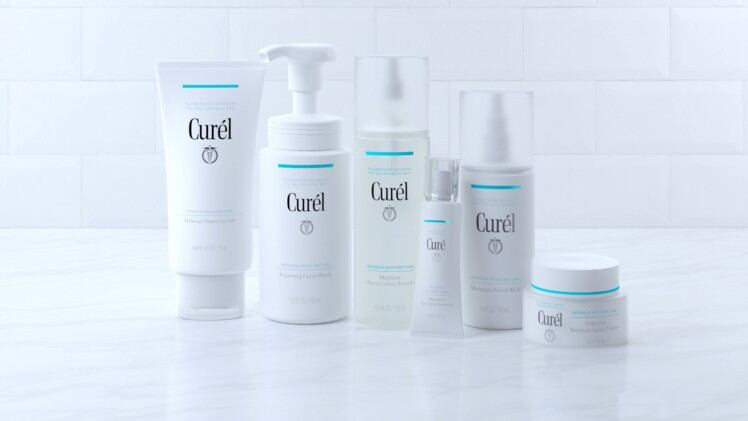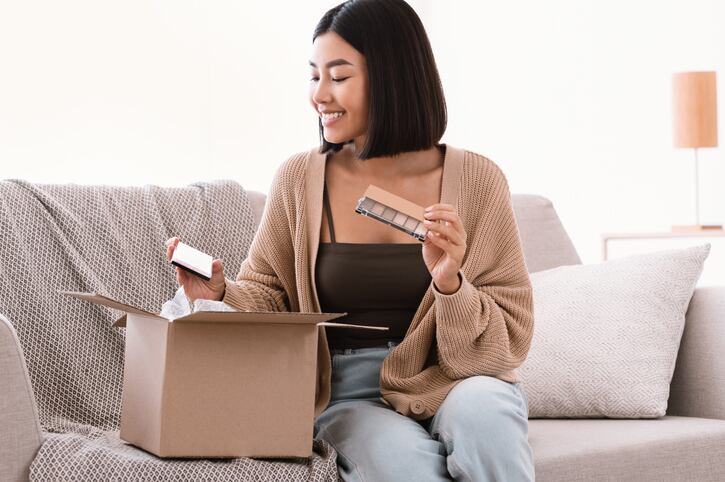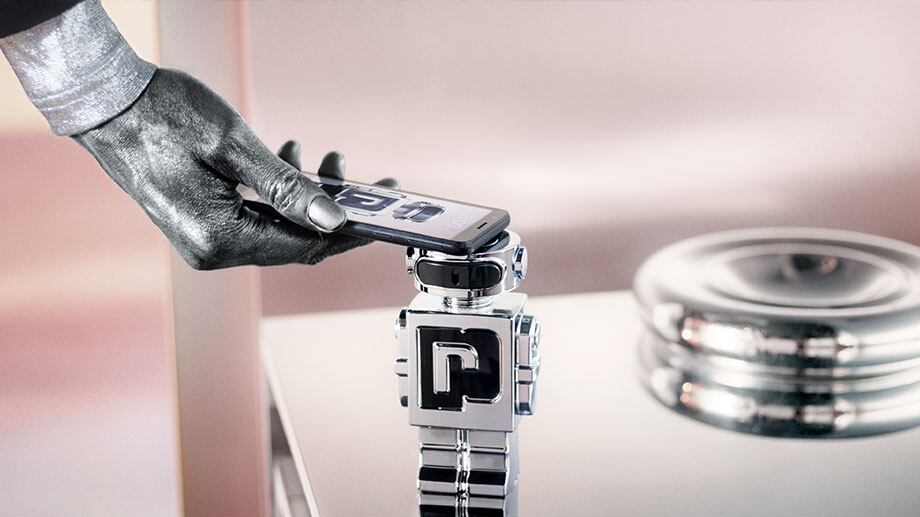1 – Beauty on Bilibili: Why this untapped channel is becoming an important platform for brand marketing in China
Chinese video-sharing platform Bilibili is steadily becoming a key marketing channel for beauty brands targeting Gen Z consumers as beauty-centric content grows on the platform.
Bilibili is a Chinese long-form video sharing platform that is quickly becoming an important channel for brands to reach the important Gen Z consumer base.
Launched in 2009, Bilibili initially gained popularity as a platform for animation, comics and games (AGC).
“The focus there was on producing something, as opposed to filming yourself in the very early days. Therefore, there was a lot of fanfiction online communities surrounding the platform,” explains Dr Crystal Abidin, associate professor and principal research fellow of Internet studies at Curtin University.
2 – Biotech startup Sequential Skin raises €1.4m – ‘We want to accelerate the future of skin health,’ says CEO
UK-Singapore headquartered biotech start-up Sequential Skin has secured more funding in its latest seed round that it plans to use for global expansion of its at-home skin diagnostics patch, in both a B2B and D2C capacity, its CEO says.
The latest seed round raised €1.42m ($1.65m) and was led by Estonian early-stage investment firm Metaplanet, supported by Scrum Ventures, SOSV, Genedant and angel investor Ben Holmes. The investment brought total venture funding for Sequential Skin to €1.85m ($2.15m) in 2021, all of which would be pumped into globally expanding reach with its at-home skin patch testing kits that used gene sequencing technology to assess overall skin health, considering genetic predisposition and a person’s current skin microbiome.
Dr Oliver Worsley, CEO and co-founder of Sequential Skin, said global expansion was an important part of the company’s wider goals.
3 – China’s ‘wanghong’ beauty boom: Ordinary influencers have greater sway as consumers seek functional, personalised products
The rise of ‘wanghong’ beauty influencers in China and growing interest in functional and customised cosmetics have been revealed as some of the changing purchasing habits post-COVID-19.
In this review article conducted by researchers at Dongguk University in South Korea, 43 research papers were analysed from an online database, spanning the years 2019 to 2021, and included studies done in Poland, China and South Korea.
Researchers wrote in the Journal of Cosmetic Dermatology, “This study is expected to be used as a marketing reference which depicts the changes in the beauty industry and online purchasing behaviours post–COVID-19.”
This study was split into three sections, examining the purchasing habits of beauty products pre and post-pandemic, the rise of wanghong in China which influence purchasing rates, and the expansion of online services to cater to consumers.
4 – ‘Grossly neglected’: Underserved hair care market due for a tech upgrade – Verdure
Singapore-based brand Verdure believes there is a need for more tech innovation targeting hair care concerns, with the majority of developments focused on other categories in the beauty space.
Verdure offers homecare devices and complementary products to tackle hair loss.
Brand owner Karen Lam revealed that the brand experienced 400% growth in the past 18 months, fuelled by the e-commerce boom and the lack of options in the space.
“I think the hair care industry has been grossly neglected and under-served in terms of innovation, particularly with devices. Much of that owes to the fact that research into the science of hair loss, and consequently, hair growth is still very limited,” said Lam.
5 – Shopping spree: India’s Good Glamm Group earmarks U$100m to acquire four to six more beauty brands
India’s newly-formed digital cosmetics outfit Good Glamm Group is planning to acquire four to six more digitally-led beauty brands after receiving an infusion of funding.
India-based direct-to-consumer beauty brand MyGlamm recently announced the formation of the Good Glamm Group was founded by direct-to-consumer beauty brand MyGlamm in an attempt to consolidate its position as a ‘Digital House of Brands’ powered by a content-to-commerce strategy.
The newly formed group is a consolidation of digital brands including female digital community POPxo, Influencer marketplace Plixxo, and mum and baby platform BabyCharkra.
Together, the group has a network of over 100 million users, 220,000 influencers and 10,000 doctors. Furthermore, it can tap into MyGlamm’s 20,000 offline point-of-sales





